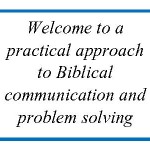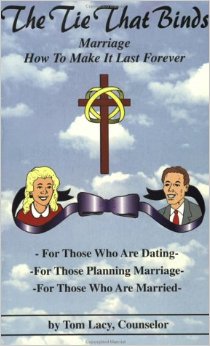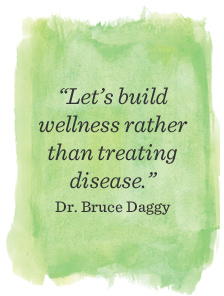A placard displayed in a frame shop window attracted my attention causing me to pause and mediate upon the two-word inscription. This vital truth attracted me as a teaching tool for our counseling ministry.
As a teaching technique I use impact statements based on a verse, passage or Biblical principle. These impact statements deal with change, and the anatomy of change; problems and the anatomy of problems; things people do to solve problems that do not work and why they do not work; and addressing the three primary elements of all problems: A breakdown in communication; unresolved anger and unresolved resentments.
To create a visual prompt for teaching this lesson I scattered the following letters on a blank sheet of paper: I E L N S T
On the following page I unscrambled them into this statement:
Unscrambled they spell Silent and Listen
The first lesson we can derive from this illustration is that often times verbal communication/conversation comes to us being scrambled.
Many times when people speak to us we respond by asking: “What did you say?” “What do you mean?” “Why did you say that?” “Why did you say that that way?” And the list goes on.
Because of this, I have coined the following expression: It is funny how two people hear the same thing differently – funny-peculiar not funny ha-ha?
The Number One reason people come to New Hope Counseling Service is, “We have a breakdown in communication.” The Number One stated cause for divorce is incompatibility that stems from a breakdown in many areas including communication.
In a conversation, because one person is silent, it cannot be construed they are listening to what is being said. Even as you read this sentence your mind can be wandering. This is another important factor in the statement: Communication Is A Two-way Avenue – Silent and Listen.
Allow me a personal illustration.
In a sales training class the instructor said, “If you listen carefully the shopper will tell you how to sell them an automobile.”
(Personal note: No – all automobile salesmen are not crooks.)
Fearing I had missed something, I blurted out, “Will you say that again?”
He quipped, “You weren’t listening, were you?”
“No,” I replied, “But I paid my money for this class and I want an answer.”
Step by step he carefully laid out, not only how to listen to the words being said by a shopper; but how to properly interpret the words being said. The instructor pointed out that in listening it was important to maintain eye contact with the shopper to fully understand what they were saying/meaning. In this speaking/listening process the shopper will tell you how to sell them an automobile.
I took that class in September 1968. In 1970 I was the Number One Salesman for Chrysler/Plymouth Products, Group C dealerships in Virginia. I was Number Two in the Washington, D. C. District.
Learning to listen paid me Big Bucks in the car business. Listening will pay bigger bucks in personal relationships.
Next time: We’ll look at the Mechanics of Silent and Listen






